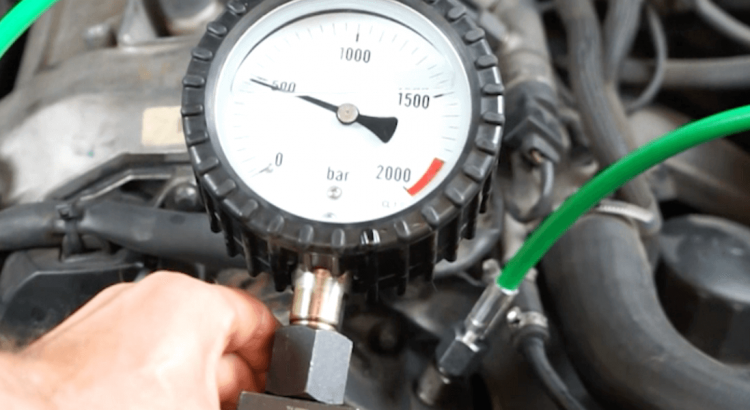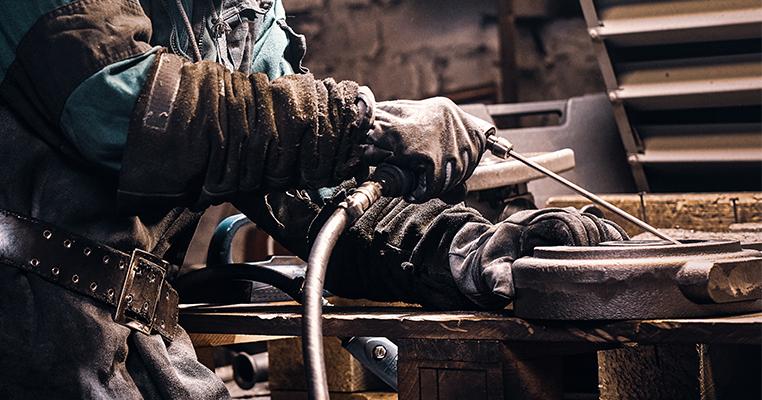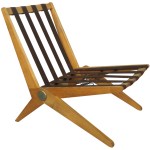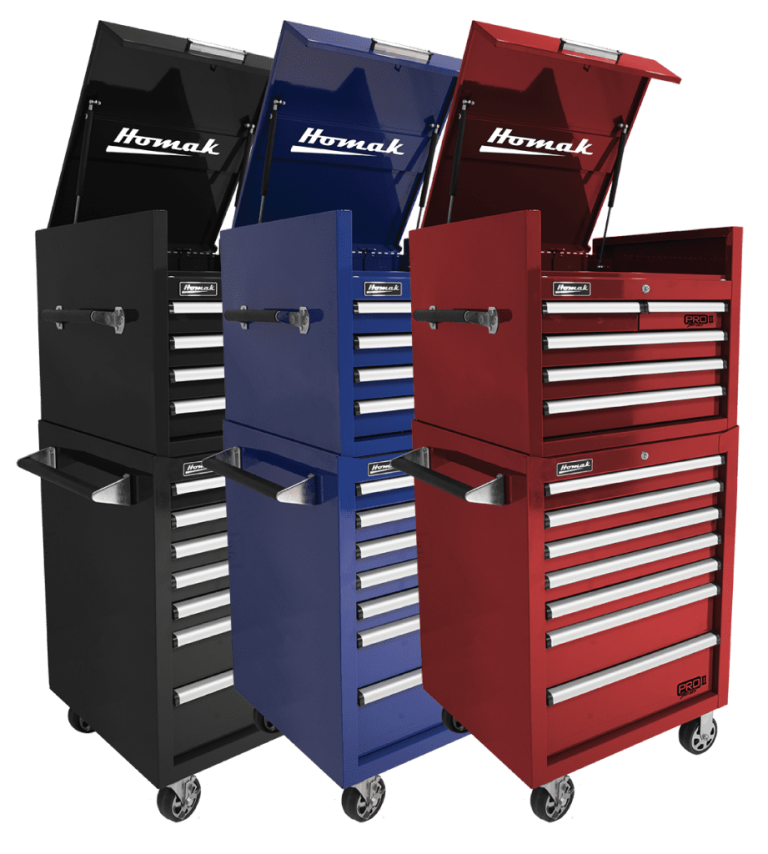Like most building materials, glass comes in several varieties and styles. There are types of glass made for security, aesthetics, privacy, and insulation purposes, and they all differ a bit. Changes in their manufacturing processes can result in increased strength, color changes, and even safer ways of breaking. And each of these types of glass has at least one unique practical use.
This guide on the different types of glass will explain the attributes of glass, as well as the most common glass types, are made along with their common uses.
Three properties of glass
The different varieties of glass all have their own attributes and uses. However, there are essentially three properties of glass that are most important in determining their uses.
- Strength: Whether it’s impact resistance or weight-bearing, the strength of the glass goes a long way toward determining its practical uses. Thick glass that resists impacts is a good choice for storefront glass, display cases, or tall windows. Glass with high weight-bearing capacities can be used for aquariums, suspended walkways, and other uses. Thinner, weaker glass can be used for laminating with other panes to save money.
- Transparency: A sheet of glass’s transparency may also determine its best use. Clear glass can be a good choice for windows, doors, or glass cases. Glass obscured with frost, structural irregularities, window film, and tinted hues may be helpful for privacy situations like shower glass and neighbor-facing windows. Tinted glass can also prevent the free passage of the sun’s UV rays.
- U Value: U Value explains how well a sheet of glass will prevent heated or cooled air from passing through. While the specific uses of low U Value glass are limited, high U Value is most helpful for use in windows and doors.
8 Types of Glass
As a material, glass varieties abound. For example, glass panels used for vehicle windows are different from the glass used in hospital room doors. Despite the wide range of glass types, there are some basic types that are more common than others. The following will explain the most common types and their uses.
1. Float Glass
Float glass is a type of glass panel made from floating molten glass over a bed of molten tin. The tin is a flat surface that is denser than the glass, providing a perfectly flat glass surface. As the glass cools, it hardens and is cut to shape.
At its most basic level, float glass is a popular choice for window glass. However, it’s also the base form of glass that manufacturers modify to make other types of glass, so it’s always in high demand.
2. Annealed Glass
Annealed glass is essentially float glass that has gone through the annealing process. This process involves slowly cooling float glass with blasts of cold air on one side. This prevents imperfections and internal stresses, allowing for extremely clear glass. It’s ideal for cutting and shaping.
Like float glass, annealed glass is used for glass windows. It can also be used to form other types of glass, such as laminated or tempered glass.
5. Tempered Glass
Tempered glass, also known as toughened glass, is designed to be strong and also break into smaller, safer pieces than float or annealed glass. Manufacturers start with a basic float or annealed glass, heat it to roughly 1200 degrees Fahrenheit, and then cool the surface quickly while allowing the interior of the pane to cool slowly. This creates internal tension and external compression, improving the sheet’s strength up to four times.
This heating and cooling process changes the way the glass break. When a pane of toughened glass breaks, it shatters into small pieces, creating much safer conditions than float or annealed glass’s large, sharp shards. However, it cannot be cut or drilled after cooling so the manufacturing process is more complicated than float glass.
Tempered glass is a popular choice for mobile devices, automobile windows, shower doors, and large windows in tall buildings. Not only do these applications require strength, but should they break, the small pieces are much safer for vehicle occupants, pedestrians below, or folks in the bathroom.
6. Laminated Glass
Laminated glass is a type of glass made from two or more sheets of annealed glass with a thin layer of translucent material between them. This translucent layer, typically made from polyvinyl butyral, holds the glass in place should the panes break. The double layers and the film also make these panels much stronger and less likely to break. For this reason, laminated glass is also commonly known as safety glass.
Laminated glass is the most common type of glass found in doors, windows near walkways, or windows that need additional security. Generally, glass panes that are more than 9 square feet in total area, or windows frequently exposed to tornadoes or hurricanes are typically made from laminated glass as well.
7. Heat-Strengthened Glass
Heat-strengthened glass is similar to tempered glass, with a heating and cooling process used to increase the glass’s strength. However, heat-strengthened glass is cooled more slowly, reducing the amount of tension within the glass. This makes the glass up to twice as strong as float or annealed glass but it maintains a similar break pattern, meaning they break into larger shards of glass that typically stay in the frame. Heat-strengthened glass is popular in high-temperature environments where thermal stresses may affect float or annealed glass.
Like most building materials, glass comes in several varieties and styles. There are types of glass made for security, aesthetics, privacy, and insulation purposes, and they all differ a bit. Changes in their manufacturing processes can result in increased strength, color changes, and even safer ways of breaking. And each of these types of glass has at least one unique practical use.
This guide on the different types of glass will explain the attributes of glass, as well as the most common glass types, are made along with their common uses.
Three properties of glass
The different varieties of glass all have their own attributes and uses. However, there are essentially three properties of glass that are most important in determining their uses.
- Strength: Whether it’s impact resistance or weight-bearing, the strength of the glass goes a long way toward determining its practical uses. Thick glass that resists impacts is a good choice for storefront glass, display cases, or tall windows. Glass with high weight-bearing capacities can be used for aquariums, suspended walkways, and other uses. Thinner, weaker glass can be used for laminating with other panes to save money.
- Transparency: A sheet of glass’s transparency may also determine its best use. Clear glass can be a good choice for windows, doors, or glass cases. Glass obscured with frost, structural irregularities, window film, and tinted hues may be helpful for privacy situations like shower glass and neighbor-facing windows. Tinted glass can also prevent the free passage of the sun’s UV rays.
- U Value: U Value explains how well a sheet of glass will prevent heated or cooled air from passing through. While the specific uses of low U Value glass are limited, high U Value is most helpful for use in windows and doors.
8 Types of Glass
As a material, glass varieties abound. For example, glass panels used for vehicle windows are different from the glass used in hospital room doors. Despite the wide range of glass types, there are some basic types that are more common than others. The following will explain the most common types and their uses.
1. Float Glass
Float glass is a type of glass panel made from floating molten glass over a bed of molten tin. The tin is a flat surface that is denser than the glass, providing a perfectly flat glass surface. As the glass cools, it hardens and is cut to shape.
At its most basic level, float glass is a popular choice for window glass. However, it’s also the base form of glass that manufacturers modify to make other types of glass, so it’s always in high demand.
2. Annealed Glass
Annealed glass is essentially float glass that has gone through the annealing process. This process involves slowly cooling float glass with blasts of cold air on one side. This prevents imperfections and internal stresses, allowing for extremely clear glass. It’s ideal for cutting and shaping.
Like float glass, annealed glass is used for glass windows. It can also be used to form other types of glass, such as laminated or tempered glass.
5. Tempered Glass
Tempered glass, also known as toughened glass, is designed to be strong and also break into smaller, safer pieces than float or annealed glass. Manufacturers start with a basic float or annealed glass, heat it to roughly 1200 degrees Fahrenheit, and then cool the surface quickly while allowing the interior of the pane to cool slowly. This creates internal tension and external compression, improving the sheet’s strength up to four times.
This heating and cooling process changes the way the glass break. When a pane of toughened glass breaks, it shatters into small pieces, creating much safer conditions than float or annealed glass’s large, sharp shards. However, it cannot be cut or drilled after cooling so the manufacturing process is more complicated than float glass.
Tempered glass is a popular choice for mobile devices, automobile windows, shower doors, and large windows in tall buildings. Not only do these applications require strength, but should they break, the small pieces are much safer for vehicle occupants, pedestrians below, or folks in the bathroom.
6. Laminated Glass
Laminated glass is a type of glass made from two or more sheets of annealed glass with a thin layer of translucent material between them. This translucent layer, typically made from polyvinyl butyral, holds the glass in place should the panes break. The double layers and the film also make these panels much stronger and less likely to break. For this reason, laminated glass is also commonly known as safety glass.
Laminated glass is the most common type of glass found in doors, windows near walkways, or windows that need additional security. Generally, glass panes that are more than 9 square feet in total area, or windows frequently exposed to tornadoes or hurricanes are typically made from laminated glass as well.
7. Heat-Strengthened Glass
Heat-strengthened glass is similar to tempered glass, with a heating and cooling process used to increase the glass’s strength. However, heat-strengthened glass is cooled more slowly, reducing the amount of tension within the glass. This makes the glass up to twice as strong as float or annealed glass but it maintains a similar break pattern, meaning they break into larger shards of glass that typically stay in the frame. Heat-strengthened glass is popular in high-temperature environments where thermal stresses may affect float or annealed glass.
8. Wired Glass
Wired glass is an older type of glass used to promote safety in schools, hospitals, and other commercial environments. The metal mesh, or wires, inside the glass prevent the pane from breaking and falling, keeping most of the glass in the frame and maintaining the door’s fire resistance. Should the glass be exposed to high temperatures during a fire, wired glass holds the shards in the frame to prevent the fire from spreading as quickly.
The most common uses for wired glass include school and hospital doors and windows, specifically for use in fire doors.
9. Insulated Glass
Insulated glass is a type of glass that inhibits the transfer of heat through a window or door. Rather than the glass itself being insulated, it’s actually a system of two or more panes of glass, a spacer between them, an inert gas between the panes, and a frame to hold it all together. The space between the two panes of glass prevents heat from traveling along a thermal bridge, trapping it on one side of the glass. On hot days, it keeps the heat outside. On cold days, it keeps the heat inside.
Insulated glass is commonly used in windows or doors, or any opening where heat loss is a probable and undesirable outcome. Typically, these windows use annealed or laminated glass panes.
10. Mirrored Glass
Mirrored glass is a type of coated glass used to reflect images and light. It starts as sheets of float glass, but the manufacturer coats one side with a metal material. The float glass is perfectly clear, while the metal (typically silver or aluminum) film reflects the image back to the person. To adhere the metal to the glass, the manufacturer boils the metal of choice and places the sheet of float glass on top. As the metal atoms cool, they adhere to the sheet of glass, providing a permanent bond.
The most common use for mirrored glass is aesthetics, such as hanging a mirror in a bathroom for shaving or make-up. Also, wall-mounted mirrors, as well as those in motor vehicles, all utilize this type of glass.
Final Thoughts
Those are just a few of the most popular types of glass on the market (there are even more). However, the types discussed cover the most common uses of manufactured glass. Each type of glass has its own strengths and weaknesses, making them each ideal for certain situations. Whether it’s to maintain comfortable temperatures in living spaces or to resist tornadoes and hurricanes, there’s a specific type of glass for the job.
MT Copeland offers video-based online classes that give you a foundation in construction fundamentals with real-world applications. Classes include professionally produced videos taught by practicing craftspeople, and supplementary downloads like quizzes, blueprints, and other materials to help you master the skills.
Top Courses
How to Read Blueprints

Construction Math

Introduction to Cabinetry

Commercial Blueprints

How to Build Shaker Cabinets












